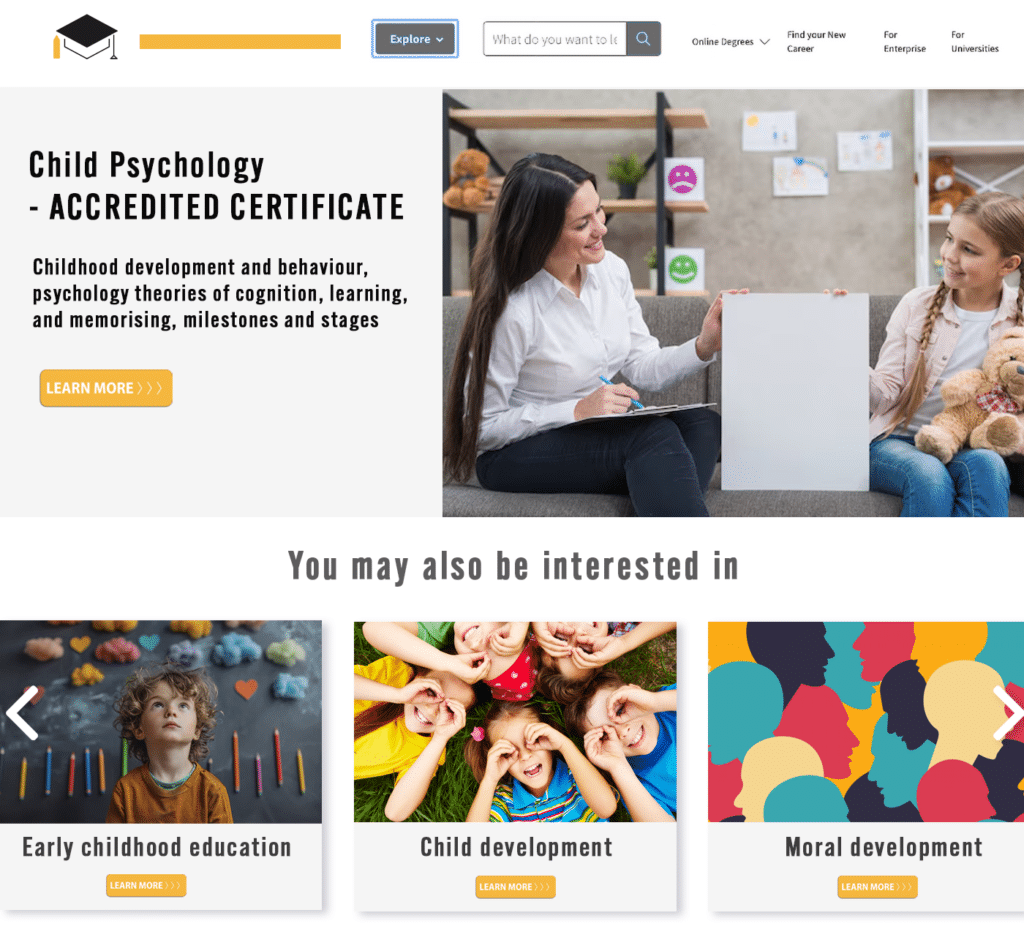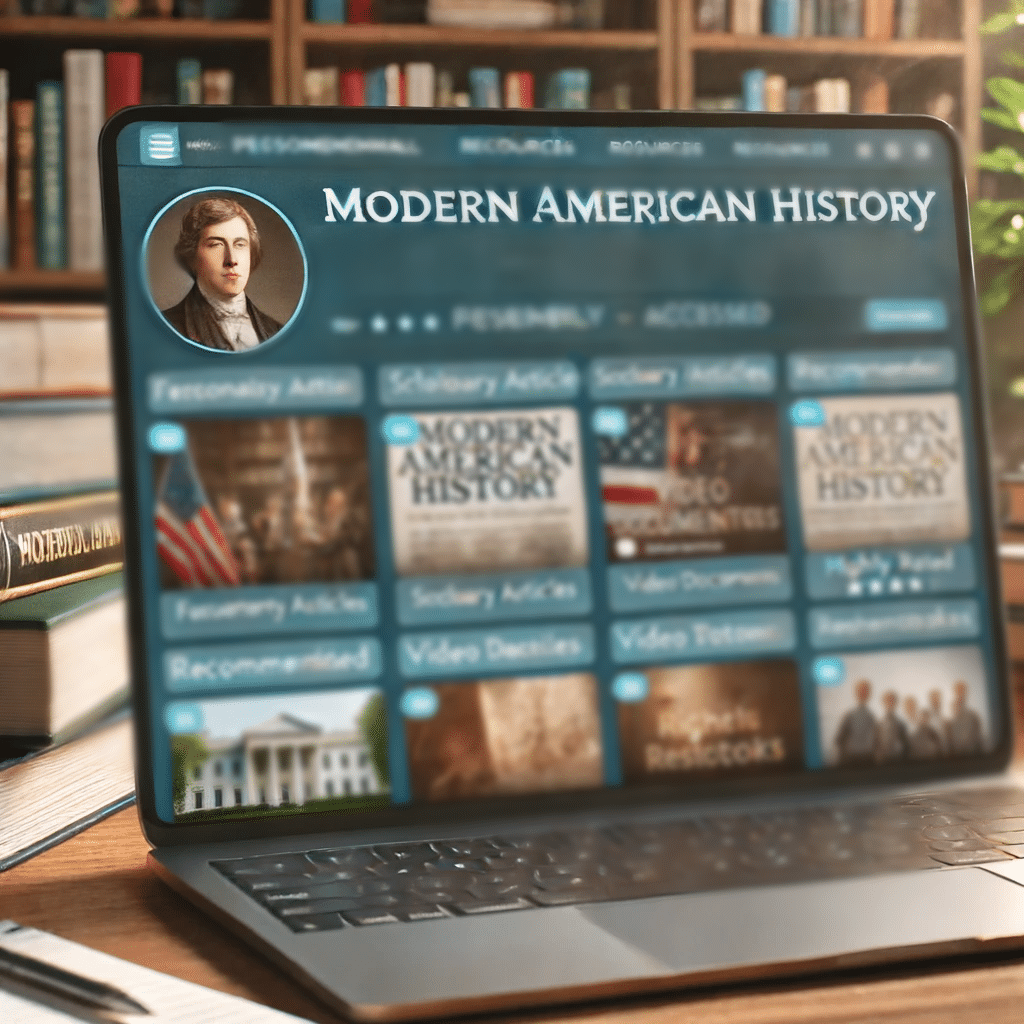Recommendation engines are revolutionizing how we interact with websites, and education platforms are no exception. Imagine turning your site into a powerhouse of relevant suggestions that help students find exactly what they need, from courses to career paths, all in one place. It’s not just about convenience—it’s about enhancing the entire learning experience.

Students today are used to the seamless, personalized recommendations they get from streaming services and online retailers. Why should their educational experience be any different? Implementing a recommendation engine on your education website can drastically improve engagement, satisfaction, and conversion rates.
In this post, we’ll dive into seven creative and impactful ways to leverage a recommendation engine on your education website. These strategies will help you build a more intuitive, supportive, and engaging platform for your students.
1. Course recommendations
One of the most impactful ways to use a recommendation engine on your education website is to suggest courses to students. This can help guide them to relevant content based on popular trends and related courses, making their educational journey smoother and more engaging.
Why It Matters: Students often feel overwhelmed by the sheer number of courses available. A recommendation engine can simplify their decision-making process by highlighting courses that are frequently taken together, highly rated by other students, or might otherwise be overlooked. This not only increases enrollment in specific courses but also boosts overall student satisfaction and retention.
How to do it:
- Analyze course trends: Identify which courses are commonly viewed or taken together. Use this data to recommend related courses.
- Highlight popular courses: Recommend courses that are highly rated or have high enrollment numbers.
- Showcase complementary and under-enrolled courses: Suggest courses that complement the ones students are currently viewing, as well as those that might be under-enrolled but offer unique value.

Example: Imagine a student browsing a course on “Introduction to Psychology.” The recommendation engine could suggest other popular courses in the psychology department, such as “Early Childhood Education” or “Child Development,” based on trends and high enrollment rates.Additionally, it could highlight less-known courses like “Moral Development,” which might be under-enrolled but offer unique value. This approach ensures students find courses that are not only relevant and popular but also uncover hidden gems they might not have considered otherwise.
2.Resource recommendations
Enhancing the educational experience involves more than just selecting the right courses. Providing students with supplementary materials such as articles, videos, and textbooks that align with their current studies can make a significant difference.
Why It’s Effective: Supplementary resources enrich the learning process by offering varied perspectives and deeper insights. By recommending relevant materials, you help students grasp complex topics better and stay engaged with their studies.
How to do it:
- Curate content: Collect a wide range of resources related to each course, ensuring they cover different aspects and levels of complexity.
- Leverage popularity: Recommend resources that are frequently accessed or highly rated by other students.
- Match course topics: Suggest materials that directly complement the topics covered in the student’s current courses.

Example: Imagine a student browsing a course on “Introduction to Psychology.” The recommendation engine could suggest other popular courses in the psychology department, such as “Early Childhood Education” or “Child Development,” based on trends and high enrollment rates.Additionally, it could highlight less-known courses like “Moral Development,” which might be under-enrolled but offer unique value. This approach ensures students find courses that are not only relevant and popular but also uncover hidden gems they might not have considered otherwise.
3. Event and webinar recommendations
Keeping students informed about relevant educational events, webinars, and workshops can greatly enhance their learning journey. By suggesting events that align with their interests and academic goals, you can provide opportunities for deeper learning and professional development.
Why It’s Effective: Attending events and webinars helps students gain new insights, network with professionals, and stay updated on the latest trends and knowledge in their field of study. This not only enriches their learning experience but also prepares them for future career opportunities.
How to do it:
- Curate event lists: Compile a list of upcoming events and webinars relevant to various fields of study.
- Match interests and courses: Recommend events based on the courses students are enrolled in and their expressed interests.
- Highlight key speakers and topics: Emphasize events featuring renowned speakers or hot topics to attract student participation.

Example: Suppose a student, Sarah, is enrolled in a “Computer Science” program. The recommendation engine could suggest webinars on emerging technologies, coding boot camps, and workshops on artificial intelligence. This keeps Sarah engaged with her field and provides valuable learning opportunities beyond the classroom. For the website, this strategy can increase user engagement, as students return frequently to find new events. Additionally, promoting events can lead to partnerships with event organizers and other educational institutions.
4. Career path recommendations
Helping students understand the practical applications of their studies and plan their future careers can greatly enhance their educational experience. By recommending career paths or job opportunities related to the courses users have taken, you can provide valuable guidance and support for their professional development.
Why it’s effective: Students often seek clarity on how their academic efforts will translate into career opportunities. By showcasing relevant career paths and job opportunities, you can help students make informed decisions about their future, increasing their motivation and satisfaction with their studies.
How to do it:
- Map courses to careers: Identify career paths that align with the courses and programs offered on your website.
- Highlight success stories: Showcase alumni who have successfully transitioned from courses to careers.
- Recommend job opportunities: Suggest job openings or internships that match the skills and knowledge acquired through specific courses.

Example: Imagine a student, Jane, who has completed several courses in graphic design. The recommendation engine could suggest career paths such as web design, digital marketing, or animation, along with current job openings in these fields. This approach not only helps Jane see the practical value of her education but also assists her in taking the next steps toward her career goals. For the website, this can enhance user engagement by providing a comprehensive educational and career planning tool, potentially increasing enrollment and retention rates as students see a clear path from education to employment.

Losing customers to no hit searches? Auto Synonyms helps turn every missed search into a successful find. Learn how in our latest white paper.

5. Scholarship and financial aid recommendations
Providing students with suggestions for scholarships and financial aid options based on courses and academic achievements can significantly reduce financial barriers to education. This makes it easier for students to find and apply for funding opportunities that can support their academic journey.
Why it’s effective: Many students are unaware of the various scholarships and financial aid options available to them. By guiding students to relevant resources, a recommendation engine can help them discover funding opportunities they might have missed, easing the financial burden of education and allowing them to focus more on their studies.
How to do it:
- Curate scholarship lists: Compile a comprehensive list of available scholarships and financial aid programs.
- Match scholarships and aid: Recommend scholarships and financial aid programs that align with students’ achievements, backgrounds, and fields of study.
- Streamline application process: Provide direct links and resources to help students easily apply for the recommended scholarships and aid.
Example: Imagine a student, Sophia, who excels in STEM courses and is from a low-income background. The recommendation engine could guide Sophia to various scholarships specifically for high-achieving students in STEM fields and those from underrepresented communities. This targeted approach helps Sophia find the financial support she needs and ensures she can continue focusing on her academic goals without the distraction of financial concerns.

Example: Imagine a student browsing a course on “Introduction to Psychology.” The recommendation engine could suggest other popular courses in the psychology department, such as “Early Childhood Education” or “Child Development,” based on trends and high enrollment rates.Additionally, it could highlight less-known courses like “Moral Development,” which might be under-enrolled but offer unique value. This approach ensures students find courses that are not only relevant and popular but also uncover hidden gems they might not have considered otherwise.
Conclusion
Implementing a recommendation engine on your education website isn’t just a tech upgrade—it’s a practical way to address common challenges and improve student engagement. By providing tailored suggestions, you can make the learning experience more relevant and efficient, helping students find what they need more quickly and stay engaged with your content.
For more personalized advice or a demo on optimizing your site search and recommendation capabilities, send us a message or give our team a call. We’re here to help you create an exceptional learning environment.




